What is DOT safety?
The U.S. Department of Transportation (DOT) is the principal federal agency tasked with ensuring a fast, safe, efficient, accessible, and convenient transportation system.
This is where the concept of DOT Safety comes into play. It refers to the comprehensive body of regulations, guidelines, and standards designed to protect drivers, passengers, cargo, and the general public from preventable harm during all forms of transportation.
For motor carriers, business owners, and commercial drivers, navigating this regulatory landscape is non-negotiable. To help you understand and adhere to these vital federal requirements, this article provides a clear breakdown of what DOT safety entails, why it matters, the key DOT safety regulations, necessary Department of Transportation compliance requirements, and the significant consequences for any violations.
What Is DOT Safety?
DOT Safety is the umbrella term for the federal rules and standards enforced by the U.S. Department of Transportation and its component agencies.
While the DOT itself sets the overarching policy, the specific rules are established and enforced by its various modal administrations, making DOT compliance a multi-layered process. The focus is primarily on transportation that poses a higher risk or is conducted commercially, such as:
Commercial Motor Vehicles (CMVs): Trucks and buses with a Gross Vehicle Weight Rating (GVWR) of 10,001 pounds or more, or those transporting hazardous materials or a certain number of passengers.
Transportation of Hazardous Materials: The movement of materials deemed a risk to health, safety, and property.
Rail, Air, and Pipeline Operations: Safety for trains, commercial aircraft, and energy pipelines.
Key Agencies Under the DOT Involved in Safety
The DOT delegates its safety authority to specialized agencies, each responsible for a specific mode of transportation:
| Agency Abbreviation | Full Name | Primary Safety Focus |
| FMCSA | Federal Motor Carrier Safety Administration | Trucking and motorcoach safety, driver hours, and vehicle maintenance. |
| FAA | Federal Aviation Administration | Civil aviation safety, including pilot licensing and aircraft certification. |
| PHMSA | Pipeline and Hazardous Materials Safety Administration | Safe transportation of hazardous materials and pipeline integrity. |
| FRA | Federal Railroad Administration | Rail safety, including track standards and operating practices. |
| NHTSA | National Highway Traffic Safety Administration | Roadway and vehicle safety standards for non-commercial vehicles. |
| FTA | Federal Transit Administration | Safety oversight for public transportation systems. |
For the majority of commercial road transport companies, DOT safety standards are synonymous with the regulations set forth by the FMCSA.
Why Is DOT Safety Important in Transportation?
The importance of strict transportation safety rules extends far beyond simply avoiding a fine. These regulations are fundamentally about protecting life, maintaining the nation's infrastructure, and ensuring economic continuity.
Saving Lives and Preventing Injuries
The most critical function of DOT safety regulations is to minimize the likelihood of crashes, injuries, and fatalities. Rules governing driver fitness (like drug testing) and hours of service (HOS) directly address the primary causes of accidents: fatigue, impairment, and distraction.
Economic Reliability and Efficiency
Accidents are costly.
Financial Penalties: Massive fines for DOT violations.
Operational Downtime: Vehicles being placed Out-of-Service (OOS).
Increased Operating Costs: Higher insurance premiums and repair expenses.
Supply Chain Disruption: Delays in shipments that ripple through the national economy.
DOT compliance for companies helps ensure that freight arrives safely and on schedule, which is vital for the reliability of the entire supply chain.
Public Trust and Environmental Protection
When a company adheres to DOT safety standards, it builds public trust. Conversely, a poor safety record (reflected in a carrier’s FMCSA Compliance, Safety, Accountability or CSA score) can damage a brand’s reputation and lead to loss of business.
What Regulations Are Covered Under DOT Safety?
DOT safety regulations are codified in Title 49 of the Code of Federal Regulations (CFR).
1. Driver/Employee Qualifications and Fitness
These rules ensure that anyone operating a commercial vehicle is physically, mentally, and legally fit to do so.
Commercial Driver’s License (CDL) Standards: Requirements for obtaining and maintaining the appropriate license class and endorsements.
Medical Fitness: Requiring drivers to pass a medical examination (DOT Physical) from a certified medical examiner.
Background Checks: Employers must investigate a driver's safety history, including previous employment and Motor Vehicle Records (MVRs).
2. Drug and Alcohol Testing Programs
The DOT mandates strict drug and alcohol testing for all safety-sensitive employees across all modes (trucking, rail, air, mass transit).
Pre-employment testing.
Random testing throughout the year.
Post-accident testing.
Return-to-Duty (RTD) and Follow-up testing after a violation.
The Drug and Alcohol Clearinghouse is the centralized online database used by FMCSA-regulated employers to track test results and violations.
3. Hours of Service (HOS) Rules
Designed to combat driver fatigue, HOS regulations limit the number of hours a commercial driver can drive and work before being required to take a break.
Driving Limit: A cap on the maximum driving time within a set period (e.g., 11 hours of driving).
On-Duty Limit: A limit on the total time a driver can be on-duty (e.g., 14 consecutive hours).
Rest Requirements: Mandatory rest breaks (e.g., a 30-minute break after 8 cumulative hours of driving).
Electronic Logging Devices (ELDs): CMVs must use approved ELDs to accurately record HOS data, replacing traditional paper logs.
4. Vehicle Inspections and Maintenance
Carriers are responsible for ensuring that all vehicles are in safe operating condition.
Pre-Trip/Post-Trip Inspections: Drivers must complete a Driver Vehicle Inspection Report (DVIR) before and after each trip to check critical vehicle components (brakes, tires, lights, steering).
Periodic Annual Inspections: Commercial vehicles must pass an in-depth annual inspection.
Maintenance Records: Companies must maintain detailed records of all repairs, scheduled maintenance, and annual inspections.
5. Hazardous Materials (HazMat) Transportation
Agencies like PHMSA set extensive rules for companies that transport HazMat, covering:
Classification and Description: Properly identifying the material being shipped.
Packaging: Using compliant containers, tanks, and packaging.
Placarding and Labeling: Clearly marking vehicles and packages.
Security Plans and Training: Requiring specialized training for drivers and handlers.
How Do Companies Stay Compliant With DOT Safety Standards?
Achieving and maintaining high-level Department of Transportation compliance is an ongoing, proactive process. For a commercial operation, compliance is not an endpoint but a continuous cultural commitment.
Core Compliance Strategies for Motor Carriers
| Strategy | Actionable Steps |
| Driver Qualification | Maintain a complete Driver Qualification (DQ) file for every commercial driver, including MVR checks, pre-employment screening, and medical certifications. |
| Training & Education | Conduct initial and recurrent training on HOS rules, cargo securement, pre-trip inspection procedures, and company safety policies. |
| Technology Integration | Utilize ELDs for accurate HOS tracking and telematics/GPS systems to monitor driver behavior (speeding, hard braking). |
| Preventative Maintenance | Implement a rigorous preventative maintenance schedule that goes beyond the minimum annual inspection requirements to catch defects before they become OOS violations. |
| Record Keeping | Digitalize and organize all essential records: HOS logs, vehicle maintenance reports, drug and alcohol test results, and accident registers. Retention periods for these documents are strictly mandated. |
| Internal Audits | Perform regular, internal "mock" audits against FMCSA's seven Compliance, Safety, Accountability (CSA) categories (e.g., Unsafe Driving, Vehicle Maintenance) to identify and correct issues before a DOT audit occurs. |
Tips for Drivers to Personally Ensure Compliance
Drivers are the front line of DOT safety. Your personal diligence directly impacts your career and your company's safety rating.
Conduct Thorough DVIRs: Treat your pre-trip and post-trip inspections seriously.
A DVIR is not a formality; it's a safety checkpoint. Manage HOS Strictly: Never drive while fatigued or attempt to falsify an ELD record. The risk is simply not worth the consequence.
Stay Drug-Free: Understand and adhere to all DOT drug and alcohol testing requirements, including the ban on being on-duty after consuming alcohol within a certain timeframe.
Secure Cargo Properly: Ensure all loads are secured according to federal cargo securement rules (49 CFR Part 393, Subpart I). A shifting load is a dangerous, and often expensive, violation.
What Are the Consequences of Violating DOT Safety Rules?
The penalties for non-compliance are severe and designed to create a powerful deterrent.
Financial and Operational Penalties
| Penalty Type | Description |
| Fines and Civil Penalties | Violations result in massive, escalating fines. Falsification of records, for example, can incur penalties exceeding $12,000 per violation, while a HazMat violation resulting in serious injury can exceed $180,000. |
| Out-of-Service (OOS) Orders | A vehicle or driver found with a critical safety defect (e.g., defective brakes, HOS violation) will be immediately placed OOS, leading to costly downtime, missed delivery windows, and tow/repair fees. |
| Loss of Operating Authority | For repeated or egregious safety failures, the FMCSA can issue an Unsatisfactory safety rating, which requires the company to cease all interstate commercial operations, effectively shutting down the business. |
| Increased Insurance Costs | A poor safety record (high CSA scores) signals high risk to insurers, leading to significantly higher insurance premiums or, in some cases, the cancellation of coverage. |
Driver and Company Reputation Damage
DOT violations go on the public record, accessible via the FMCSA's Safety Measurement System (SMS).
Damaged Reputation: Carriers with high violation scores are flagged as high-risk, leading to lost contracts and a damaged reputation among customers who prioritize safe transport.
Driver Career Impact: Violations on a driver’s record can jeopardize their Commercial Driver's License (CDL) status, making it difficult to find future employment in the industry.
Criminal and Legal Consequences
In cases of willful or reckless non-compliance that lead to injury or death, the consequences shift from civil penalties to criminal charges. Individuals can face jail time, and companies can face massive lawsuits from accident victims.
Frequently Asked Questions (FAQ)
Who enforces DOT safety rules?
DOT safety rules are enforced by Federal, State, and local law enforcement personnel across the United States.
Do DOT regulations apply only to commercial drivers?
While the core focus is on commercial drivers operating CMVs (generally over 10,001 lbs GVWR, transporting HazMat, or transporting passengers for compensation), the DOT's overall safety mandate applies more broadly. For example, NHTSA regulates all non-commercial vehicle safety standards, and general federal laws against distracted driving may apply to all drivers. However, the specific DOT safety regulations (HOS, CDL, Drug Testing) primarily target safety-sensitive commercial employees.
What’s the difference between DOT and FMCSA safety rules?
The DOT (Department of Transportation) is the parent federal agency. The FMCSA (Federal Motor Carrier Safety Administration) is one of the agencies under the DOT that specializes in road safety.
How often are DOT inspections conducted?
Roadside DOT inspections are not on a fixed schedule; they can happen anytime, anywhere, at a designated weigh station or by a patrol officer.
Conclusion
DOT safety regulations are the lifeblood of America's commercial transportation industry. They represent the government's commitment to protecting the drivers, the public, and the environment. For commercial entities, compliance is not just about avoiding severe penalties like fines, out-of-service orders, or loss of operating authority; it is about adopting a culture of safety that ultimately protects their employees and secures their business longevity.
In an industry where margins are often tight and risks are inherent, proactive DOT compliance for companies is a smart business practice. By investing in rigorous driver training, modern technology like ELDs, and comprehensive maintenance programs, companies can secure a good safety rating, minimize costly downtime, and reinforce their position as a reliable and responsible partner in the nation's supply chain. Proactivity is the key to mastering DOT safety standards and ensuring everyone gets to their destination safely.
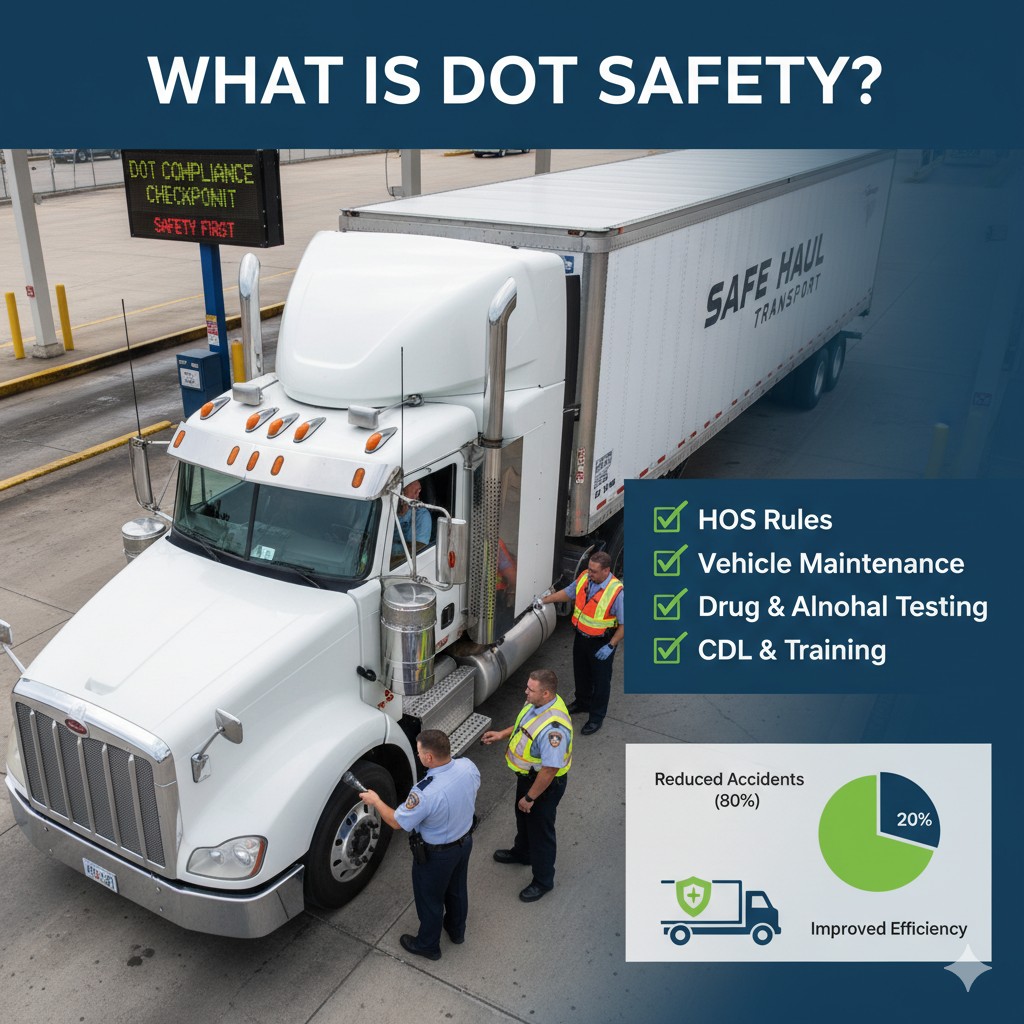

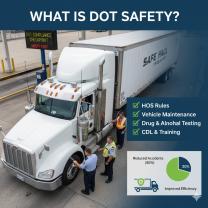
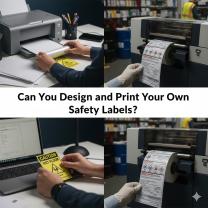
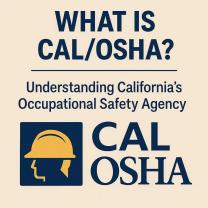
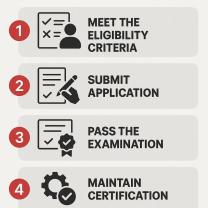

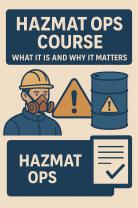
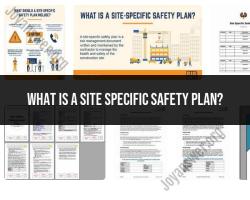
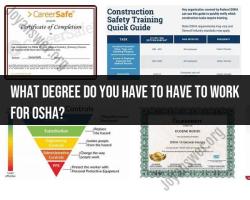


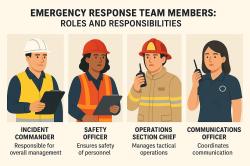
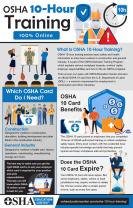
SupplyChain_Exec
on October 04, 2025The economic impact of safety is the key takeaway here. Companies that view **DOT safety standards** as a burden, rather than a competitive advantage, will ultimately face higher costs and reputational damage. Highly recommend this read.